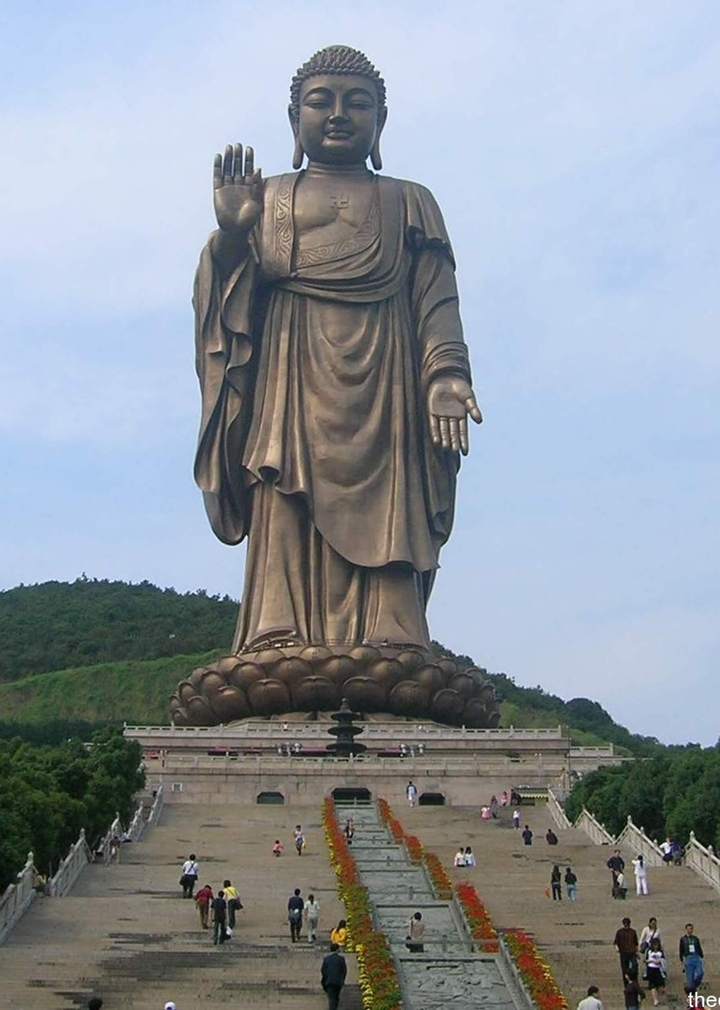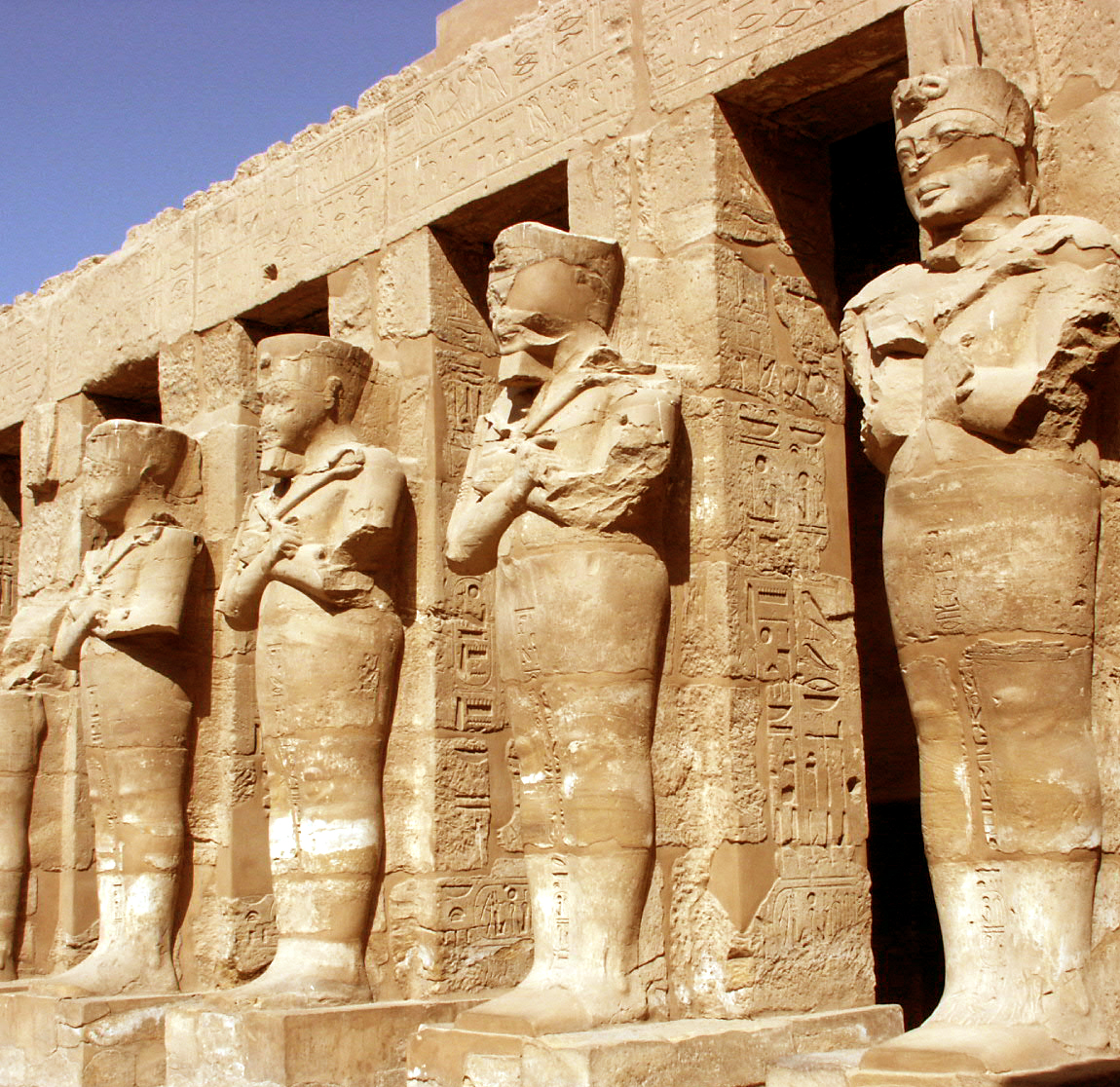Babylon was an ancient city located on the lower Euphrates river in southern Mesopotamia, within modern-day Hillah, Iraq, about 85 kilometres (55 miles) south of modern day Baghdad.
Babylon functioned as the main cultural and political centre of the Akkadian-speaking region of Babylonia.
Its rulers established two important empires in antiquity, the 19th-16th century BC Old Babylonian Empire, and the 7th-6th century BC Neo-Babylonian Empire.
Babylon was also used as a regional capital of other empires, such as the Achaemenid Empire.
Babylon was one of the most important urban centres of the ancient Near East, until its decline during the Hellenistic period.
Nearby ancient sites are Kish, Borsippa, Dilbat and Kutha.
An artist's depiction of Ishtar Gate as it may have appeared around the time it was constructed in Babylon c. 575 BCE. From the game Old World

















.jpg)
.jpg)





















